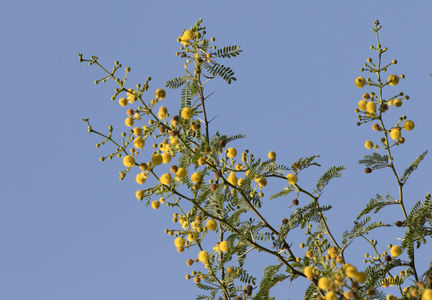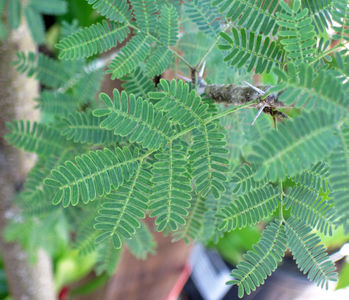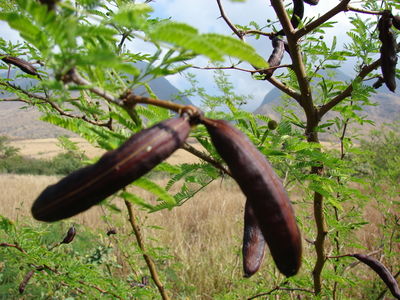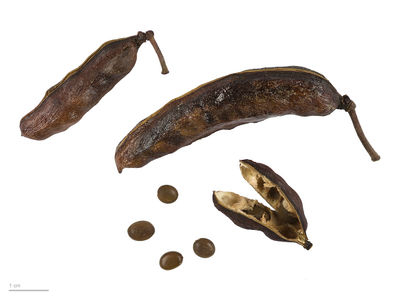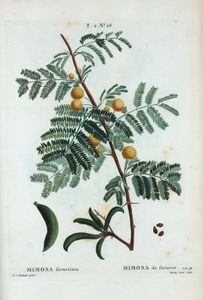Vachellia farnesiana : Différence entre versions
De PlantUse Français
| Ligne 48 : | Ligne 48 : | ||
== Usages == | == Usages == | ||
| − | CASSIE-OIL PLANT. HUISACHE. OPOPANAX. POPINAC. SPONGE TREE. WEST INDIAN BLACKTHORN. Tropics. This species is cultivated all over India and is indigenous in America, from New Orleans, Texas and Mexico, to Buenos Aires and Chile, and is sometimes cultivated. It exudes a gum which is collected in Sind<ref>Brandis, D. ''Forest Fl.'' 180. 1876.</ref>. The flowers distil a delicious perfume. | + | {| class="wikitable" style="width:100%;" |
| + | |CASSIE-OIL PLANT. HUISACHE. OPOPANAX. POPINAC. SPONGE TREE. WEST INDIAN BLACKTHORN. Tropics. This species is cultivated all over India and is indigenous in America, from New Orleans, Texas and Mexico, to Buenos Aires and Chile, and is sometimes cultivated. It exudes a gum which is collected in Sind<ref>Brandis, D. ''Forest Fl.'' 180. 1876.</ref>. The flowers distil a delicious perfume. | ||
| + | |||
<references/> | <references/> | ||
| + | {{droite| [[:en:Acacia (Sturtevant, 1919)#|Sturtevant, ''Notes on edible plants'', 1919]].}} | ||
| + | |} | ||
== Références == | == Références == | ||
Version du 2 février 2020 à 12:28
Vachellia farnesiana
(L.) Wight & Arn.
| Ordre | Fabales |
|---|---|
| Famille | Fabaceae |
| Genre | Vachellia |
2n =
Origine : Amérique tropicale,
sud des Etats-Unis
sauvage et cultivé
| Français | ' |
|---|---|
| Anglais | ' |
Résumé des usages
- ornemental
Sommaire
Description
Noms populaires
Classification
Vachellia farnesiana (L.) Wight & Arn. (1834)
basionyme :
- Mimosa farnesiana L. (1753)
synonyme :
- Acacia farnesiana (L.) Willd. (1806)
Cultivars
Histoire
Usages
CASSIE-OIL PLANT. HUISACHE. OPOPANAX. POPINAC. SPONGE TREE. WEST INDIAN BLACKTHORN. Tropics. This species is cultivated all over India and is indigenous in America, from New Orleans, Texas and Mexico, to Buenos Aires and Chile, and is sometimes cultivated. It exudes a gum which is collected in Sind[1]. The flowers distil a delicious perfume.
|

